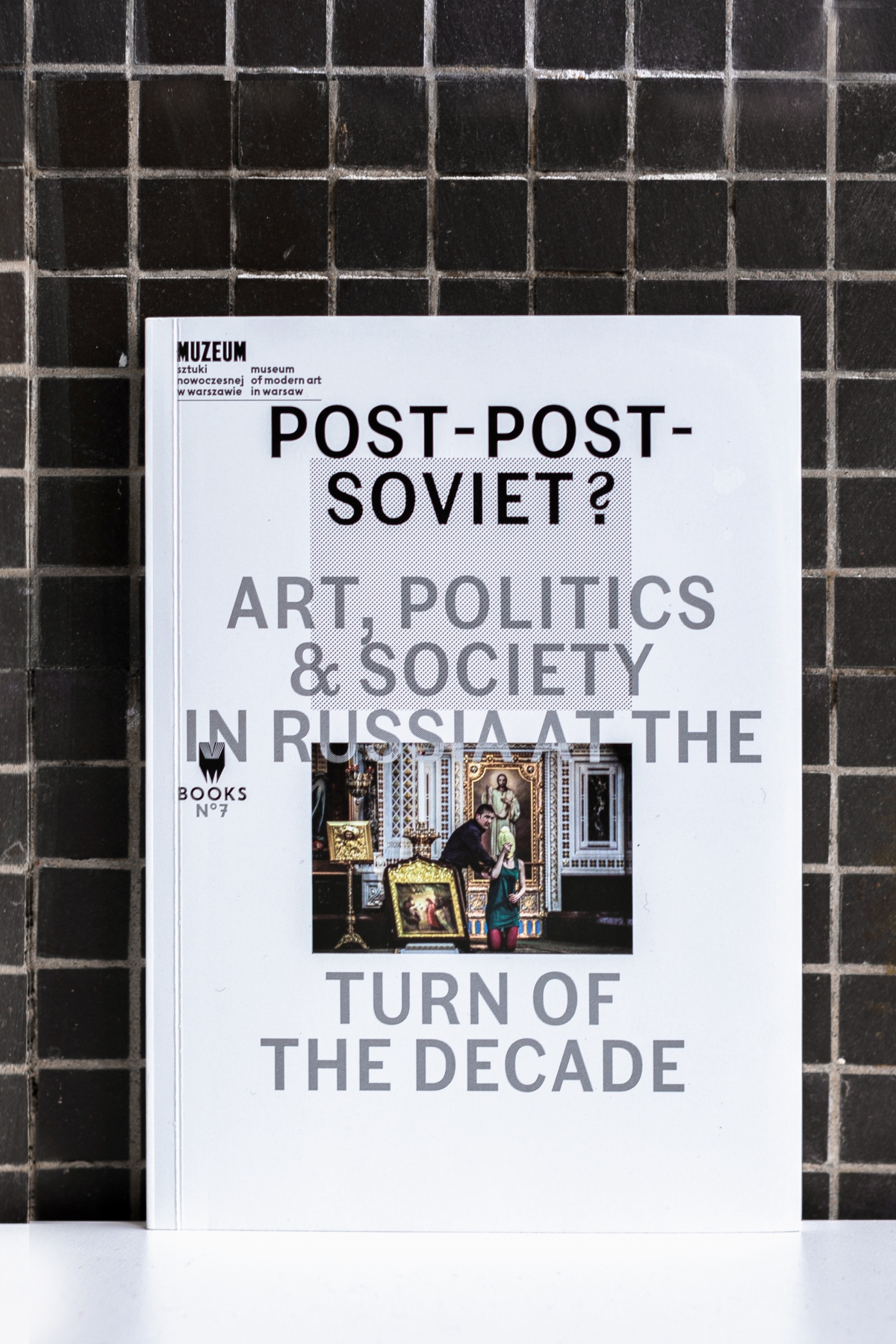check
Produkt dodany do koszyka
.
Przejdź do koszyka
Post-Post-Soviet? Art, Politics and Society in Russia at the Turn of the Decade
Najniższa cena z 30 dni przed tą promocją: 49 zł
44 zł
49 zł
remove
add
Książka opisuje rosyjską scenę artystyczną w pierwszej dekadzie XXI wieku, pokazując dynamikę zjawisk zachodzących w sztuce i polityce od momentu objęcia władzy przez Władimira Putina. Jego czasy przyniosły sztukę dostosowaną do nowego porządku: skomercjalizowaną, odciętą od rzeczywistości społecznej, finansowaną i manipulowaną przez oligarchów. Równocześnie powstał „drugi obieg” – tam odpowiedzią na systematycznie kurcząca się przestrzeń wolności była paląca potrzeba ekspresji. Symptomem podskórnych zmian w kulturze i życiu społecznym była eksplozja protestów, z których najbardziej znane są akcje kolektywu Pussy Riot.
Tom zawiera rozmowy z artystami i teksty krytyczne kuratorów, akademików oraz krytyków sztuki. Całość poprzedza bogate kalendarium wydarzeń politycznych, społecznych i kulturalnych.
|
One of the most powerful parts of „Post-Post-Soviet?” is a simple timeline that provides side-by-side chronologies of politics and art, conveying the momentum of the escalating conflict between Russian artists, protesters and the state. The timeline shows how the appropriation of contemporary art by the Russian elite, especially the ultra-rich, has run in parallel with increasing discontent among the less affluent, and with a rising protest scene among Russian artists. A Moscow art gallery shows a socialite’s exhibit of her shoe collection, arranged by color; an oligarch-funded gallery is established in an architectural monument of the Soviet avant-garde; the Kandinsky Prize ceremony is held in a suburban shopping mall called Luxury Village; the independent ARTStrelka center becomes the glamorous Strelka Institute, where you can drink a $16 Long Island iced tea. Meanwhile, young people in Novosibirsk start organizing Monstrations, ‘annual May Day neo-dadaist flash mob[s]’; Pussy Riot and other groups stage a series of provocative actions; factory workers strike; politically oriented art exhibits and gallery spaces emerge; the economic crisis hits; the May 1st Congress of Creative Workers forms; sixty-six people die and more than 100 are injured after a gas blast in a Siberian mine; a guerrilla group attacks policemen in the Russian Far East; and so on.
— Sophie Pinkham, „The Nation”, 19 listopada 2013 |


